এটি অফশোর উত্তোলন অপারেশন আসে, ক্রেন হুক নিরাপদ এবং দক্ষ কার্গো হ্যান্ডলিং নিশ্চিত করতে একটি গুরুত্বপূর্ণ ভূমিকা পালন করে. তবে, কঠোর সামুদ্রিক পরিবেশে - নোনা জল দ্বারা বৈশিষ্ট্যযুক্ত, আর্দ্রতা, এবং শক্তিশালী বাতাস - ক্ষয় একটি ক্রমাগত হুমকি হয়ে ওঠে. এই কারণেই অফশোর ক্রেন হুক অ্যান্টি-জারা ব্যবস্থা বাস্তবায়ন করা কেবল একটি সুপারিশ নয়, কিন্তু অপারেশনাল নির্ভরযোগ্যতা এবং নিরাপত্তা জন্য একটি প্রয়োজনীয়তা.
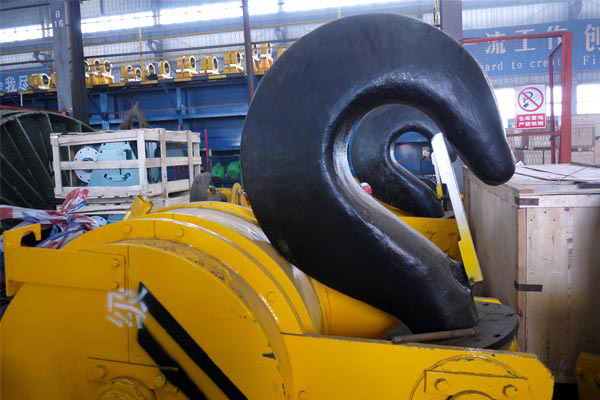
অফশোর প্ল্যাটফর্ম এবং জাহাজগুলি পৃথিবীর সবচেয়ে আক্রমণাত্মক পরিবেশে কাজ করে. নোনা ভারা বাতাস, স্প্ল্যাশিং সমুদ্রের জল, এবং আর্দ্রতার ধ্রুবক এক্সপোজার অরক্ষিত ধাতব উপাদানগুলিকে দ্রুত ক্ষয় করতে পারে. ক্রেন হুক জন্য, জারা করতে পারেন:
1. কাঠামোগত অখণ্ডতা দুর্বল
2. যান্ত্রিক ব্যর্থতার ঝুঁকি বাড়ায়
3. লোড বহন ক্ষমতা হ্রাস
4. কর্মীদের এবং সরঞ্জামের জন্য আপস নিরাপত্তা
ভারী ভার উত্তোলনে হুকগুলি গুরুত্বপূর্ণ ভূমিকা পালন করে, এমনকি ছোট জারা বিপর্যয়মূলক ব্যর্থতা হতে পারে.
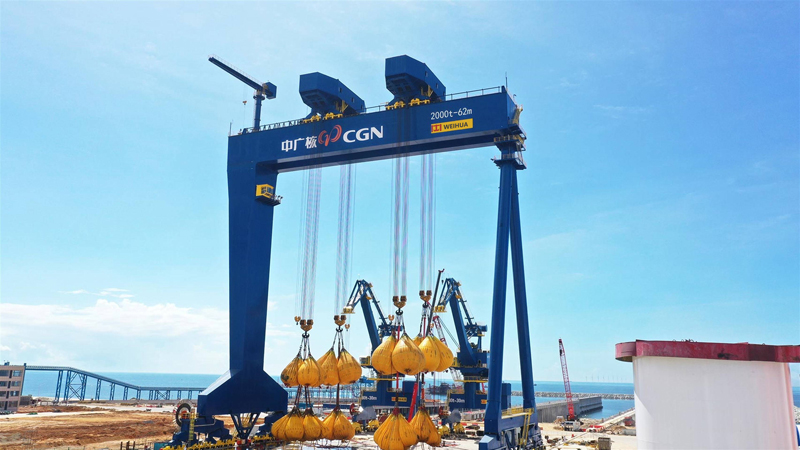
এসব ঝুঁকি কমাতে, নির্মাতারা এবং অপারেটররা অ্যান্টি-জারা সমাধানের একটি পরিসীমা গ্রহণ করে:
1. হট-ডিপ গ্যালভানাইজিং
দস্তা একটি পুরু স্তর সঙ্গে হুক আবরণ জড়িত একটি জনপ্রিয় পদ্ধতি. এই বলির স্তর প্রথমে ক্ষয় হয়, নীচে ইস্পাত রক্ষা. দীর্ঘমেয়াদী জারা সুরক্ষার জন্য আদর্শ.
2. ইপোক্সি এবং পলিউরেথেন আবরণ
উচ্চ-কর্মক্ষমতা পেইন্ট সিস্টেম ধাতব পৃষ্ঠ এবং ক্ষয়কারী উপাদানগুলির মধ্যে একটি বাধা তৈরি করে. ইপোক্সি প্রাইমার এবং পলিউরেথেন টপকোটগুলি অফশোর অ্যাপ্লিকেশনগুলিতে সাধারণ.
3. স্টেইনলেস বা জারা-প্রতিরোধী ইস্পাত
জারা উচ্চ প্রতিরোধের সঙ্গে alloys ব্যবহার করে (যেমন 316L স্টেইনলেস স্টীল) ঘন ঘন recoating জন্য প্রয়োজন নির্মূল করতে পারেন. এটি প্রায়শই হাই-স্পেক বা মিশন-সমালোচনামূলক অ্যাপ্লিকেশনগুলিতে ব্যবহৃত হয়.
4. ক্যাথোডিক সুরক্ষা
এই ইলেক্ট্রোকেমিক্যাল পদ্ধতিটি রক্ষা করার জন্য বলিদানকারী অ্যানোড বা প্রভাবিত বর্তমান সিস্টেম ব্যবহার করে ক্রেন হুক জারণ থেকে, সাধারণত নিমজ্জিত বা আধা-নিমজ্জিত অংশে দেখা যায়.
5. নিয়মিত রক্ষণাবেক্ষণ এবং পরিদর্শন
এমনকি লেপ দিয়েও, নিয়মিত পরিষ্কার করা, পরিদর্শন, এবং স্পর্শ-আপ পেইন্টিং অপরিহার্য. পিটিং বা মরিচা প্রাথমিক সনাক্তকরণ ব্যর্থতা প্রতিরোধ করতে পারে এবং পরিষেবা জীবন প্রসারিত করতে পারে.
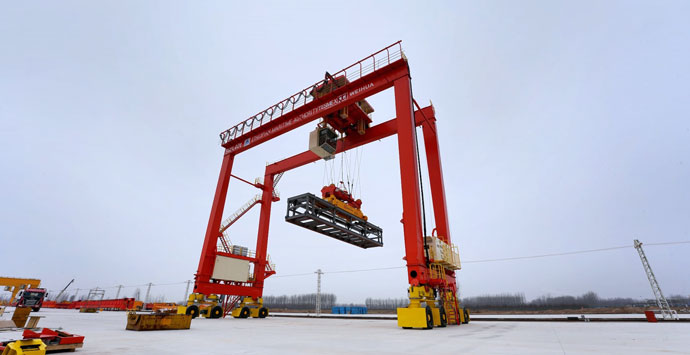
অনেক অফশোর অ্যাপ্লিকেশন যেমন কঠোর শিল্প মান অনুসরণ করে:
API স্পেক 2C - অফশোর পেডেস্টাল-মাউন্ট করা ক্রেনগুলির জন্য স্পেসিফিকেশন
DNV-ST-0378 - অফশোর এবং প্ল্যাটফর্ম উত্তোলন সরঞ্জাম
আইএসও 12944 - জারা নিয়ন্ত্রণের জন্য পেইন্ট এবং আবরণ সুরক্ষা
এই মানগুলি অনুসরণ করা নিশ্চিত করে যে ক্রেন হুকটি সামুদ্রিক পরিবেশে ক্ষয় থেকে পর্যাপ্তভাবে সুরক্ষিত থাকে.
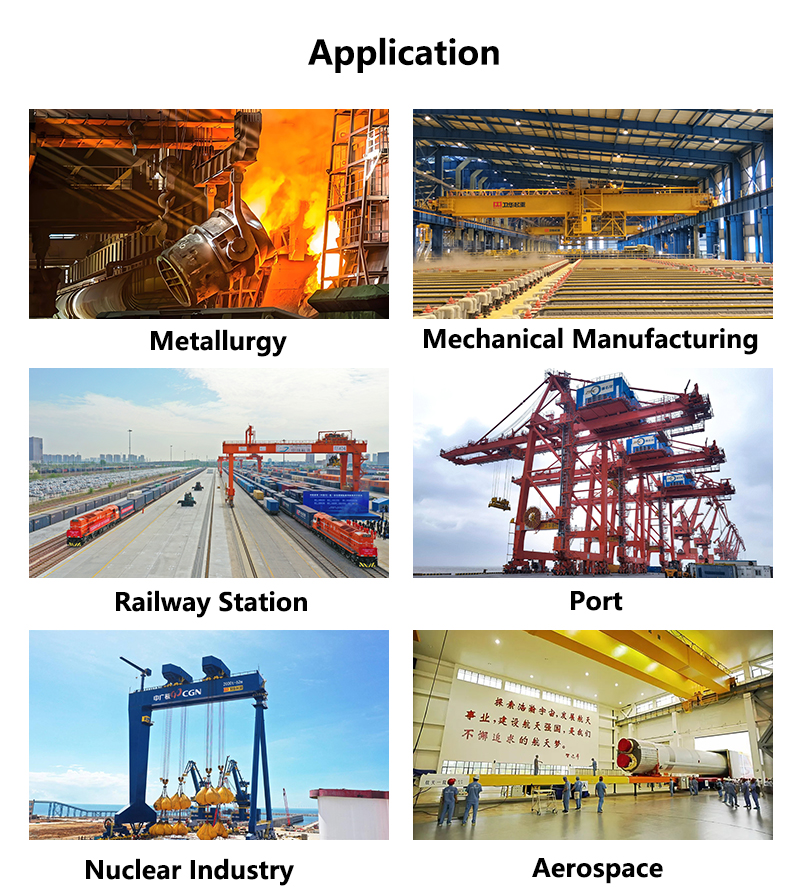
অফশোর ক্রেন হুক অ্যান্টি-জারা ব্যবস্থাগুলিতে বিনিয়োগ করা সরঞ্জামের আয়ুষ্কাল সর্বাধিক করার জন্য অপরিহার্য, নিরাপত্তা নিশ্চিত করা, এবং ব্যয়বহুল ডাউনটাইম এড়ানো. গ্যালভানাইজেশনের মাধ্যমে কিনা, প্রতিরক্ষামূলক আবরণ, বা উপাদান আপগ্রেড, আপনার ক্রেন হুককে ক্ষয় থেকে রক্ষা করা অফশোর অপারেশনগুলিতে শীর্ষ অগ্রাধিকার হওয়া উচিত.
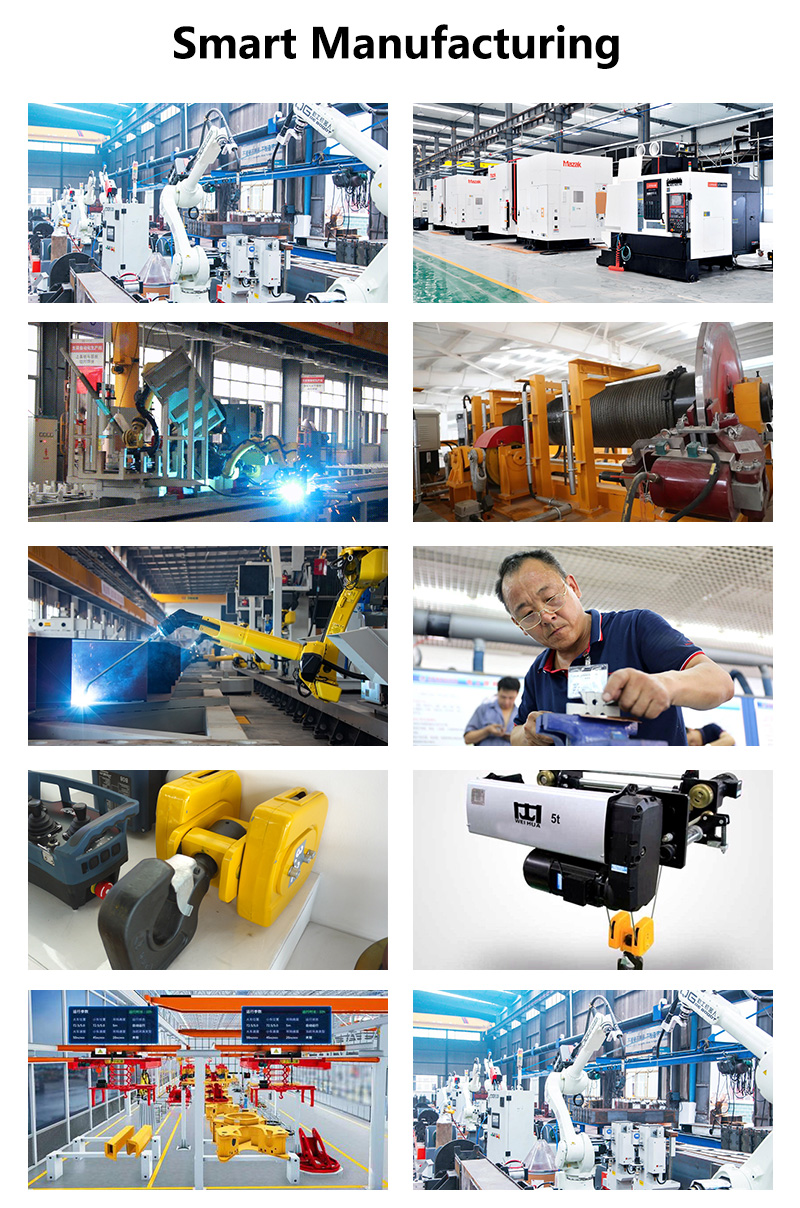
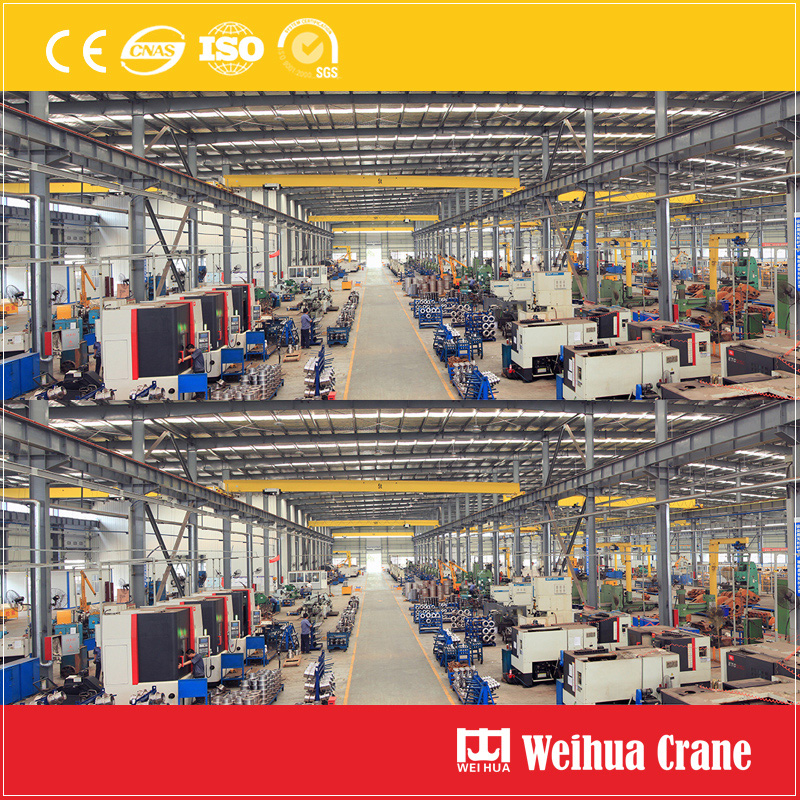
আমরা আপনার মতামত মূল্য! দয়া করে নীচের ফর্মটি সম্পূর্ণ করুন যাতে আমরা আমাদের পরিষেবাগুলি আপনার নির্দিষ্ট প্রয়োজনের জন্য তৈরি করতে পারি.

সর্বশেষ মন্তব্য